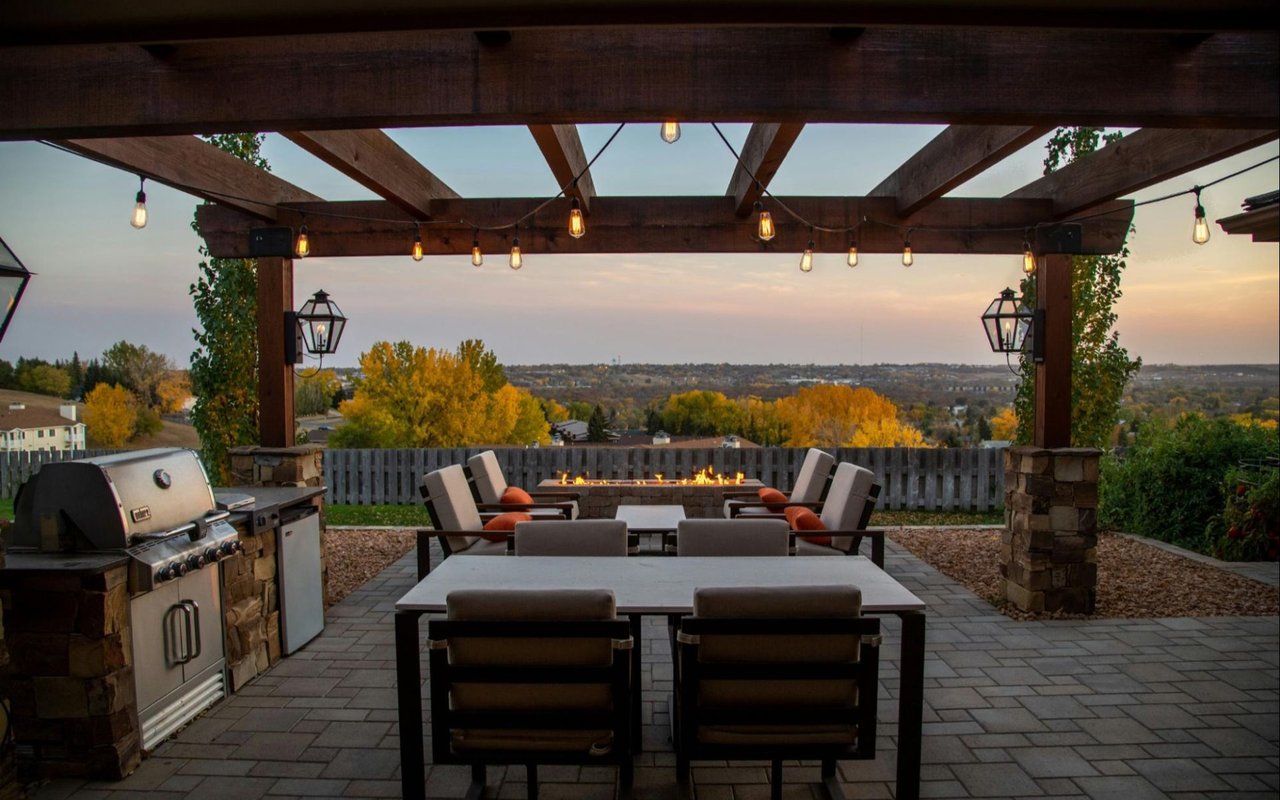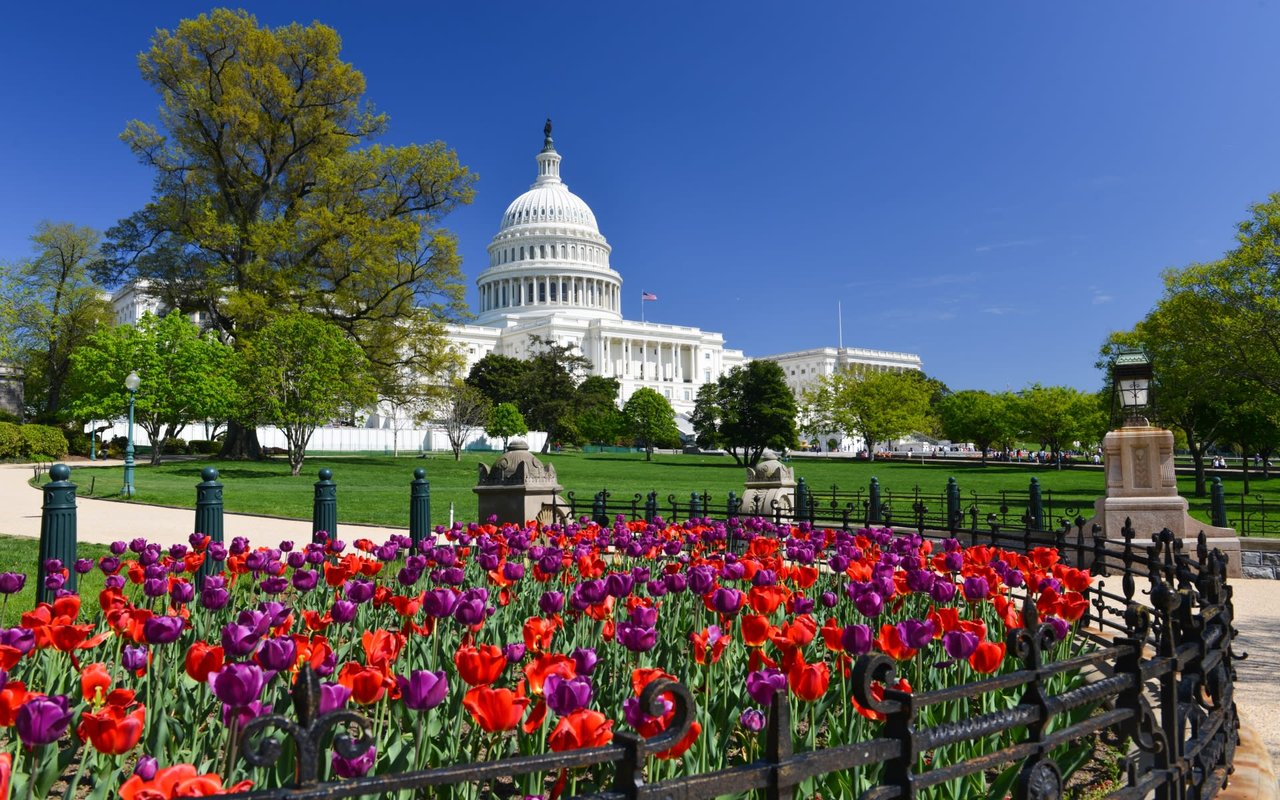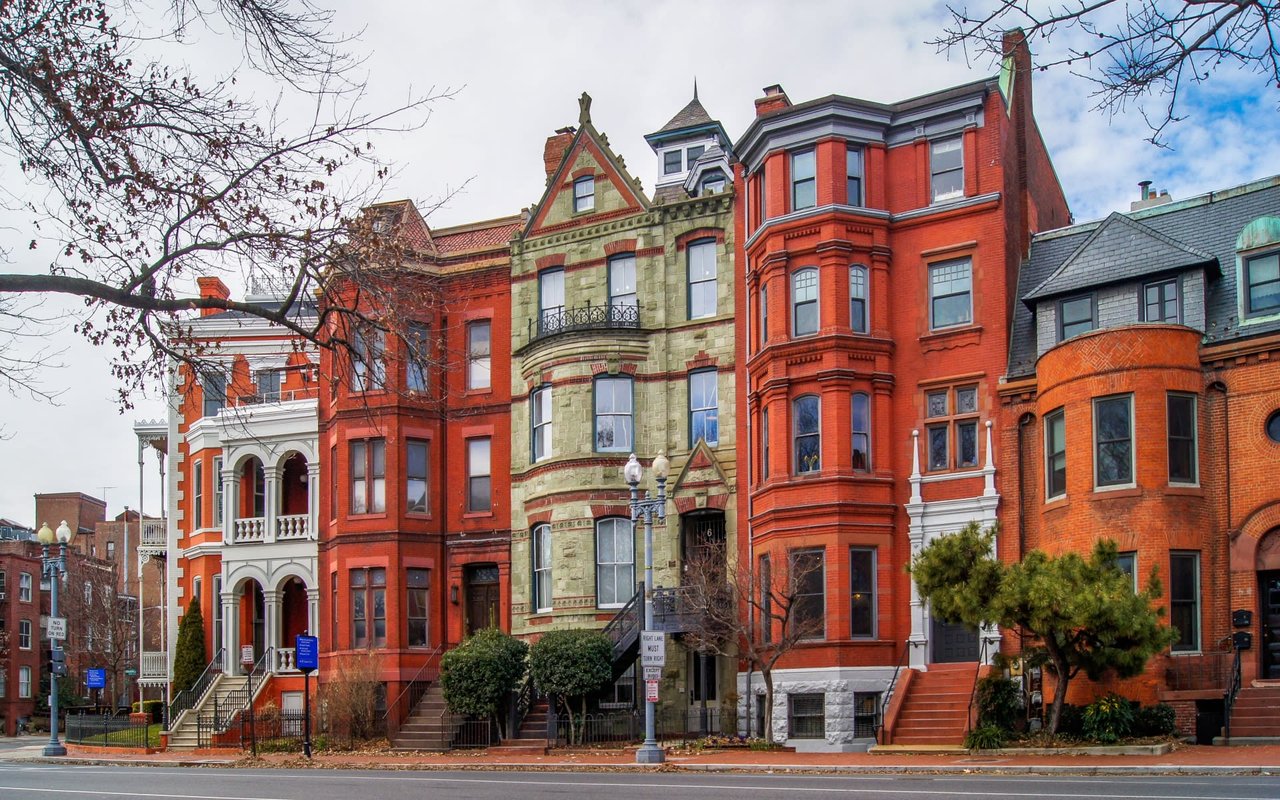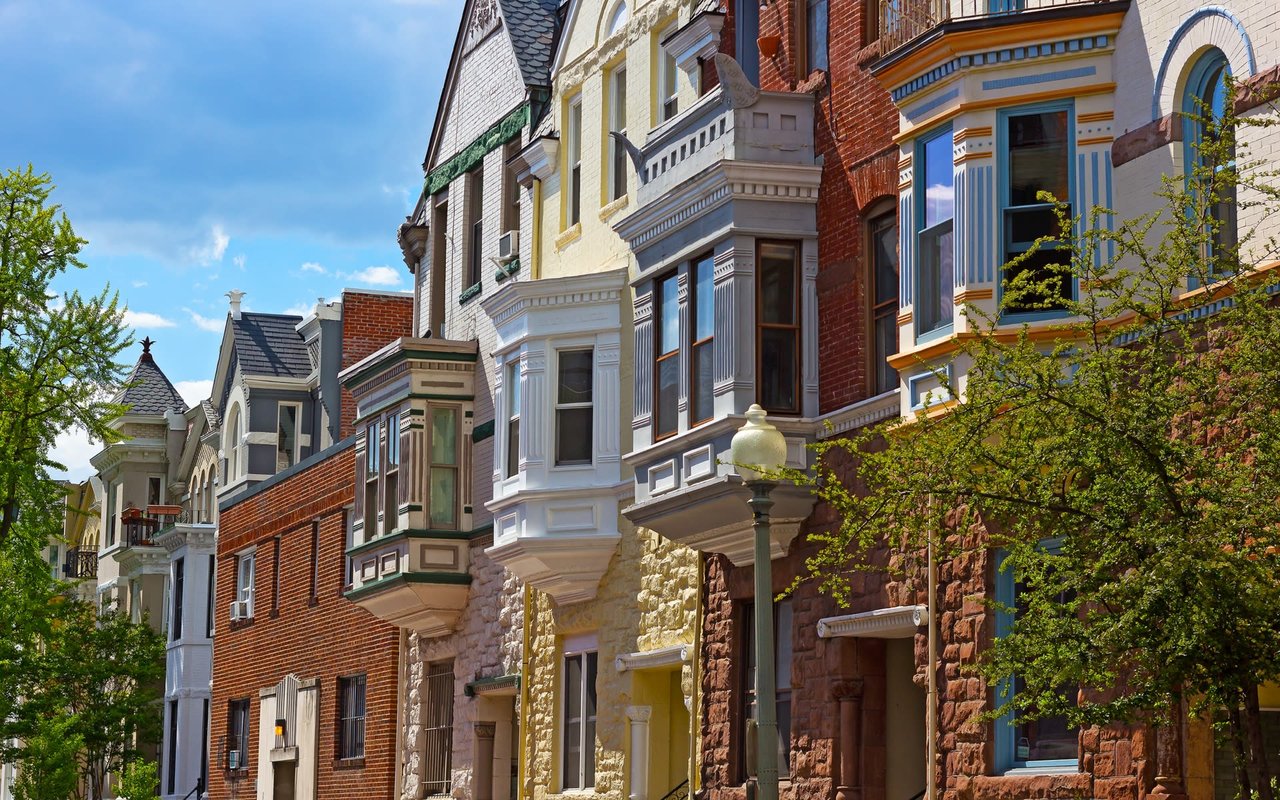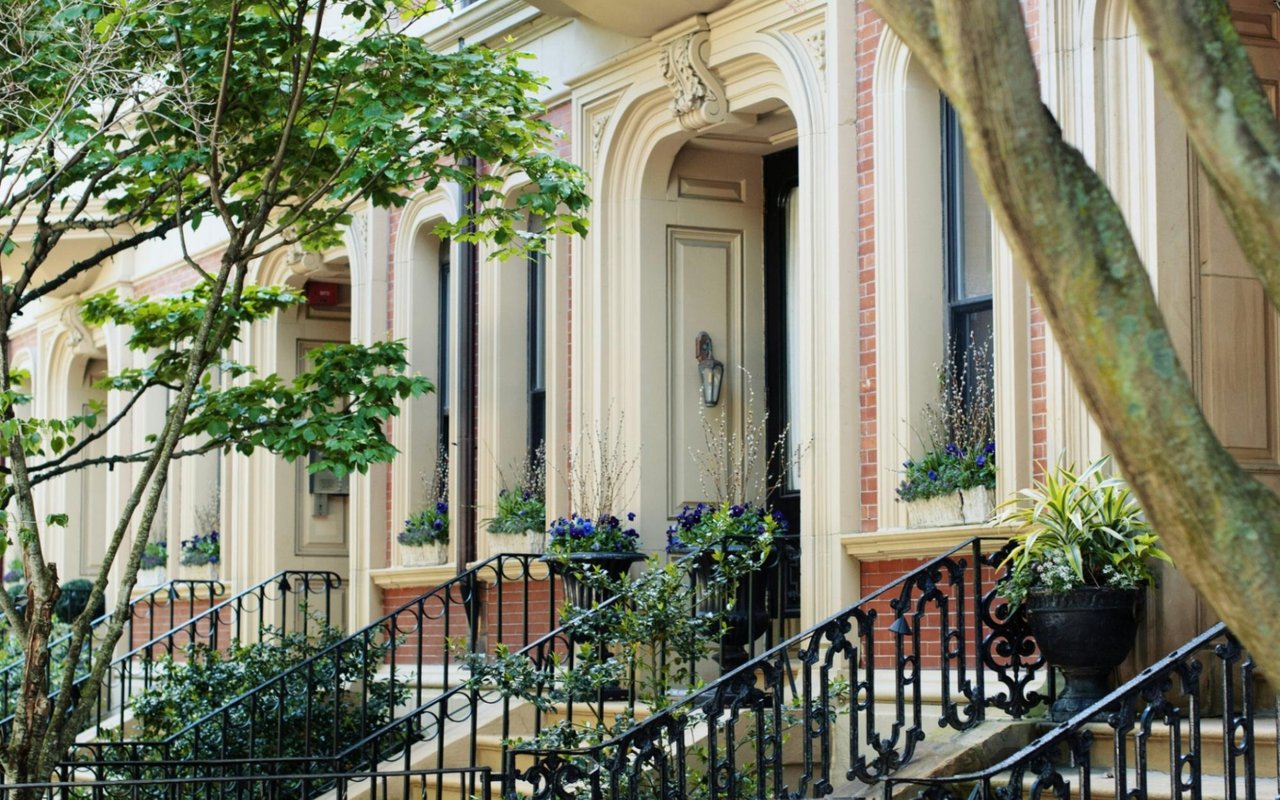Capitol Hill, Washington, D.C., is a historic and vibrant neighborhood celebrated for its charming row houses, tree-lined streets, and well-tended gardens. For homeowners in this area, enhancing curb appeal through landscaping not only adds beauty and property value but also showcases pride in preserving the neighborhood’s distinctive character. This guide unveils practical and effective landscaping tips specifically tailored for Capitol Hill homes, offering strategies to create inviting, visually striking outdoor spaces that complement the area’s iconic architecture and enduring charm.
Understand Capitol Hill’s Climate and Soil Conditions
Landscaping success in Capitol Hill begins with understanding the region’s climate and soil. The area experiences a humid subtropical climate, with hot summers and cold winters, which impacts plant selection. The soil tends to be a mix of clay and loam, often requiring amendments to improve drainage and fertility. Homeowners should conduct soil tests to determine pH levels and nutrient content, ensuring that plants receive the right conditions to thrive. Choosing native or well-adapted plants that can withstand local weather patterns reduces maintenance and promotes sustainability.
Prioritize Front Yard Maintenance and Lawn Care
A well-kept lawn is a foundational element of curb appeal in Capitol Hill. Regular mowing, watering, and fertilizing keep grass lush and green, creating an inviting first impression. Due to the urban setting, compact lawns are typical, so choosing shade-tolerant grasses helps maintain vibrant color even under tree canopies common in the neighborhood. Proper edging along sidewalks and driveways sharpens the lawn’s appearance, while seasonal aeration and overseeding address soil compaction and patchiness, enhancing overall health.
Incorporate Native and Low-Maintenance Plants
Using native and low-maintenance plants is an effective way to create a vibrant, sustainable landscape in Capitol Hill. These plants are naturally adapted to the local climate and soil conditions, which reduces the need for excessive watering, fertilizers, and pest control. Choosing species that thrive with minimal upkeep ensures year-round beauty while simplifying maintenance tasks. Grouping plants according to their sun and water requirements promotes healthier growth and a more cohesive, visually appealing garden, enhancing the overall curb appeal of the property.
Create Defined Pathways and Garden Borders
Adding clear pathways and well-defined garden borders contributes significantly to the curb appeal of Capitol Hill homes. Stone or brick pathways complement the neighborhood’s historic aesthetic while offering practical navigation through front yards. Garden borders constructed from natural materials such as reclaimed wood or iron edging contain plant beds and prevent grass from encroaching, lending a polished, orderly look. These elements also guide visitors visually, creating a cohesive flow between the sidewalk, yard, and entrance.
Use Strategic Lighting to Highlight Landscape Features
Outdoor lighting enhances curb appeal by illuminating key landscape features and improving safety along walkways and steps. In Capitol Hill, where homes often have unique architectural details and mature trees, subtle lighting accents can draw attention to these highlights. Solar-powered stake lights, LED string lights, or well-placed uplights create a warm and welcoming ambiance after dusk. Homeowners should ensure lighting fixtures are weather-resistant and use warm-colored bulbs to maintain an inviting glow without harsh glare.
Maximize Container Gardening on Porches and Stoops
Given many Capitol Hill homes feature compact front yards or raised stoops, container gardening is an excellent way to add color and texture without extensive ground planting. Flower pots filled with seasonal blooms like tulips in spring or chrysanthemums in fall bring vibrant life to entryways. Containers with trailing plants such as ivy or petunias soften hard surfaces and create a layered effect. Grouping containers of varying heights and materials adds visual interest and complements the historic charm of these homes.
Implement Efficient Irrigation Practices
Efficient watering methods help maintain healthy landscapes while conserving water—an important consideration in urban settings like Capitol Hill. Installing drip irrigation systems or soaker hoses minimizes water waste by delivering moisture directly to plant roots. Timers and rain sensors ensure watering schedules adapt to weather conditions, preventing overwatering. Mulching garden beds with organic material such as bark or compost not only conserves soil moisture but also suppresses weeds, reducing the need for frequent watering and maintenance.
Maintain Historic Integrity While Updating Landscaping
Capitol Hill’s status as a historic district means many homeowners must balance modern landscaping improvements with preservation guidelines. Consulting local regulations and working with landscape architects familiar with historic standards can help ensure any changes respect the architectural context. Simple updates like restoring original wrought iron fences, adding period-appropriate lighting fixtures, or choosing traditional plant species maintain neighborhood character while improving visual appeal. Sensitivity to history strengthens community identity and can increase property values.
Take the Next Step Toward Your Capitol Hill Dream Home
Enhancing curb appeal is a powerful way to increase a home’s market value and enjoyment, making landscaping an essential consideration for Capitol Hill residents. Whether buying or selling a property, investing in smart landscaping can make all the difference. If you are considering a move or looking to sell your home in this historic neighborhood, professional real estate guidance is invaluable. Contact
Thomas Kolker today to discuss your real estate goals and explore options in Capitol Hill and surrounding areas.
*Header photo courtesy of Unsplash
